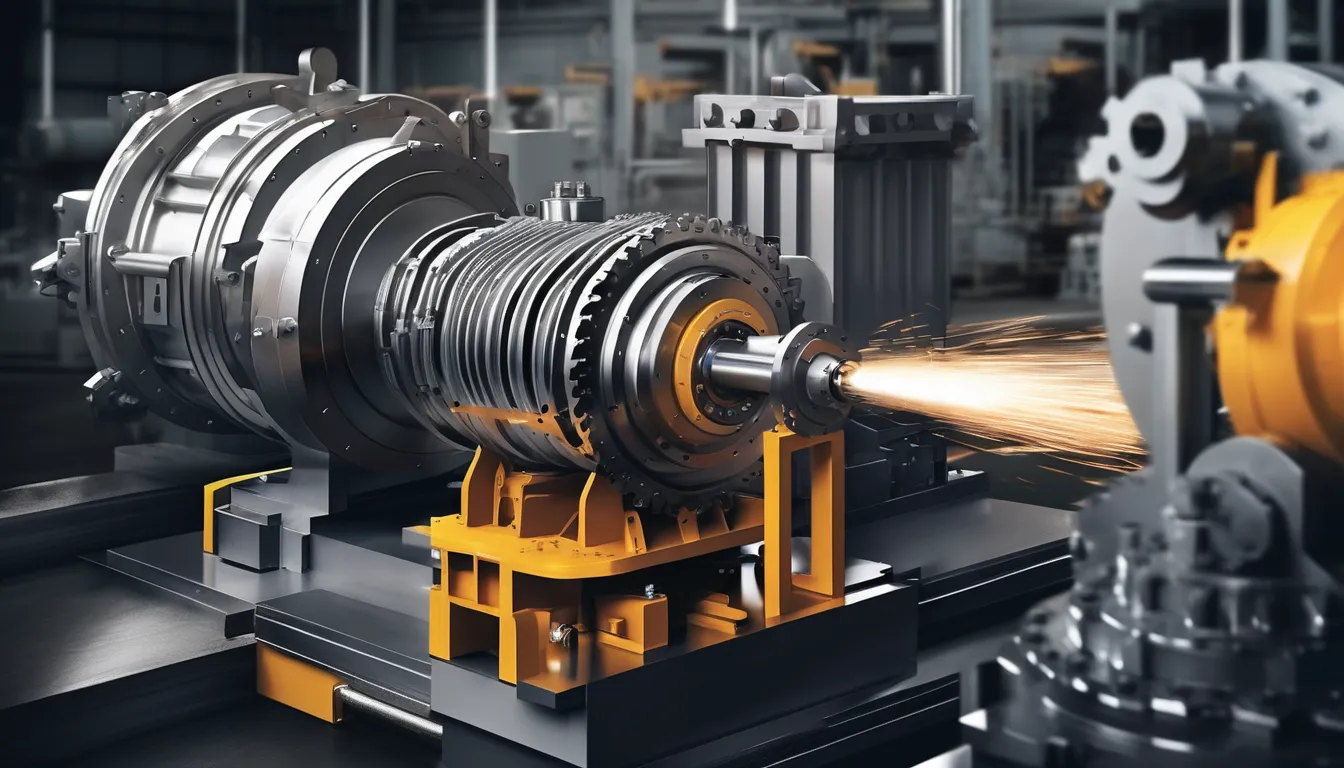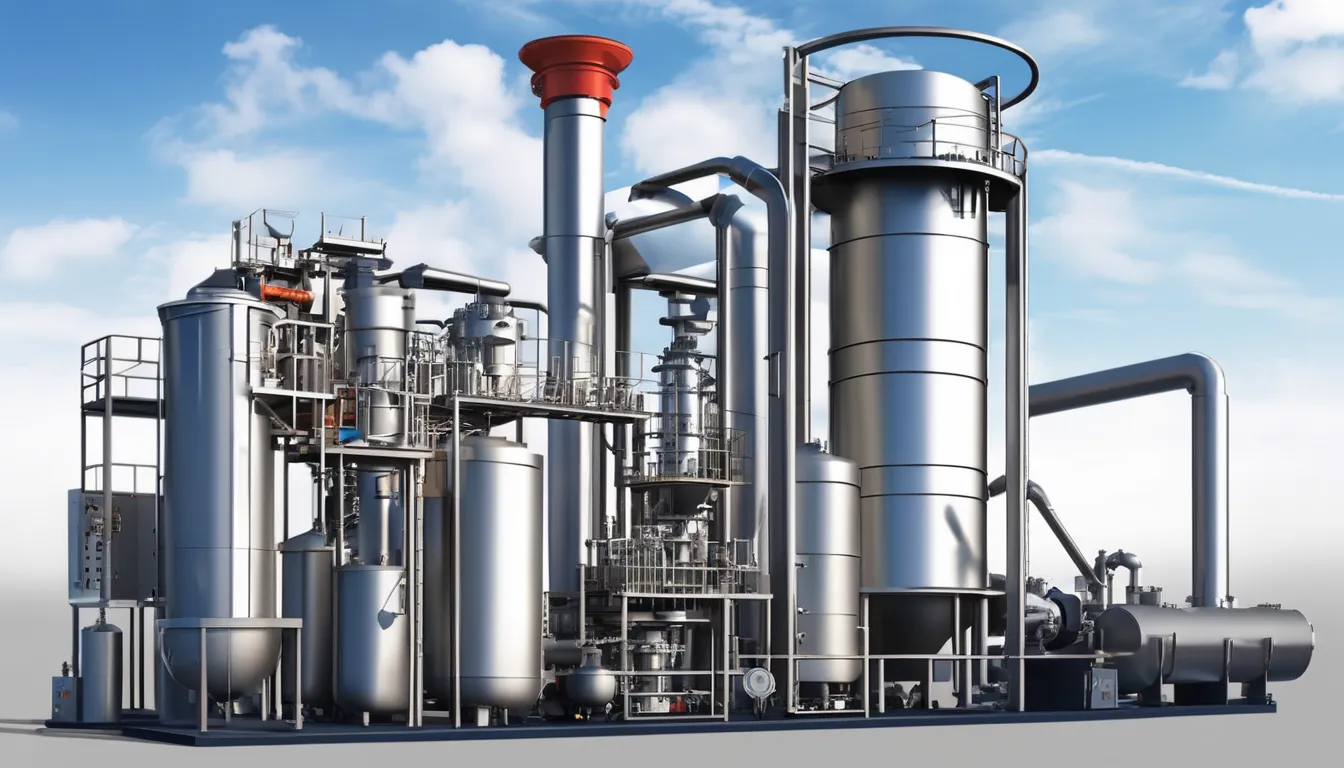As you consider the future of industrial gearbox manufacturer manufacturing, it’s clear that several trends are shaping the landscape. Automation and smart manufacturing technologies are on the rise, promising efficiency and precision. At the same time, innovations in lightweight materials and sustainable practices are becoming increasingly critical. But what does this mean for customization and meeting diverse market demands? Understanding these shifts could be pivotal for your strategies moving forward, especially as the industry evolves in unexpected ways. The next phase of transformation is just around the corner, and you won’t want to miss what’s coming next.
Automation and Smart Manufacturing
In today’s competitive landscape, automation and smart manufacturing are transforming gearbox production like never before. You’ll find that integrating advanced technologies not only streamlines processes but also enhances efficiency and precision.
As you embrace automation, you’re likely to notice a significant reduction in labor costs and production times, allowing you to stay ahead of competitors.
Implementing smart manufacturing systems means using data analytics and IoT technologies to optimize operations. These technologies enable real-time monitoring of production lines, helping you quickly identify and address bottlenecks.
You can improve quality control by employing automated inspection systems that ensure every gearbox meets strict standards.
Additionally, robotics play a crucial role in this transformation. You can automate repetitive tasks, freeing your workforce to focus on more complex and value-added activities.
This shift not only boosts productivity but also minimizes human error in the manufacturing process.
Lightweight Materials Innovation
Embracing lightweight materials innovation is reshaping gearbox manufacturing, offering significant advantages in performance and efficiency. By integrating advanced materials like carbon fiber, aluminum alloys, and high-strength plastics, you can significantly reduce the overall weight of gearboxes without compromising their strength and durability.
This reduction in weight leads to lower energy consumption and improved fuel efficiency, which is crucial in industries like automotive and aerospace.
Using lightweight materials also enhances the design flexibility of gearboxes, allowing for more compact and streamlined shapes. You can create components that are easier to handle and install, which can speed up the manufacturing and assembly processes.
Additionally, these materials often exhibit superior resistance to corrosion and wear, extending the lifespan of your gearboxes and reducing maintenance costs.
As you explore lightweight materials, consider the trade-offs in cost and manufacturing methods. While the initial investment might be higher, the long-term benefits in performance and efficiency can outweigh these costs.
Adopting lightweight materials isn’t just a trend; it’s a strategic move that positions you at the forefront of gearbox manufacturing innovation. Embrace this shift, and watch your products succeed in a competitive market.
Sustainable Manufacturing Practices
As the demand for eco-friendly solutions rises, adopting sustainable manufacturing practices has become essential in gearbox production.
You’ve got the opportunity to make a significant impact by integrating eco-friendly methods into your processes. Here are three key practices to consider:
- Energy Efficiency: Implement energy-saving technologies and practices to minimize consumption. This not only reduces costs but also lowers your carbon footprint.
- Waste Reduction: Focus on minimizing waste during production. You can do this by optimizing raw material usage and recycling scrap materials. Less waste means a cleaner environment and better resource management.
- Sustainable Sourcing: Choose materials from suppliers who prioritize sustainability. Using recycled or responsibly sourced materials helps ensure that your production aligns with eco-friendly goals.
Advanced Design Techniques
While integrating advanced design techniques into gearbox manufacturing, you can significantly enhance efficiency and performance. Utilizing computer-aided design (CAD) software allows you to create precise models, making it easier to visualize and refine your designs. This technology helps you identify potential issues early in the process, reducing costly revisions later.
Moreover, applying finite element analysis (FEA) enables you to simulate and evaluate the mechanical behavior of your gearbox under various conditions. By understanding stress distributions and potential failure points, you can optimize your designs for durability and reliability.
Additionally, you might consider implementing topology optimization, which helps in minimizing material usage while maintaining structural integrity.
Incorporating three-dimensional printing for prototyping can expedite your development timeline. This technique allows you to quickly produce and test physical models, facilitating rapid iteration based on real-world feedback.
Lastly, embracing modular design principles promotes flexibility, enabling you to adapt your gearboxes for various applications without significant redesign efforts.
Market Demand Shifts
Recent trends show a notable shift in market demand for gearboxes, driven by advancements in technology and changing consumer preferences. As you navigate this evolving landscape, it’s vital to understand what’s influencing these changes.
1. Increased Automation: Industries are leaning towards automation, requiring gearboxes with higher precision and efficiency.
You’ll find that manufacturers are focusing on smart technologies that enhance performance and reliability.
2. Sustainability Concerns: More consumers are prioritizing environmentally friendly products.
This means there’s a growing demand for gearboxes that reduce energy consumption and utilize sustainable materials.
If you’re looking to stay competitive, consider how your products align with these values.
3. Customization Needs: Businesses want tailored solutions to meet specific operational demands.
This shift towards customization means you’ll need to adapt your manufacturing processes to offer flexible options.
Understanding these market demand shifts can help you align your strategies with emerging trends.
By staying attuned to these changes, you can position yourself for success in the dynamic world of gearbox manufacturing.
Embrace innovation, and cater to what your customers truly want!
Conclusion
In conclusion, the future of gearbox manufacturing is exciting and full of potential. By embracing automation, lightweight materials, and sustainable practices, you can stay ahead of the curve. Advanced design techniques will allow you to meet the shifting market demands while ensuring your products remain competitive. As you adapt to these trends, you’ll not only enhance efficiency and precision but also contribute to a more sustainable industry. Embrace these changes and position yourself for success in this evolving landscape.






Recent Comments